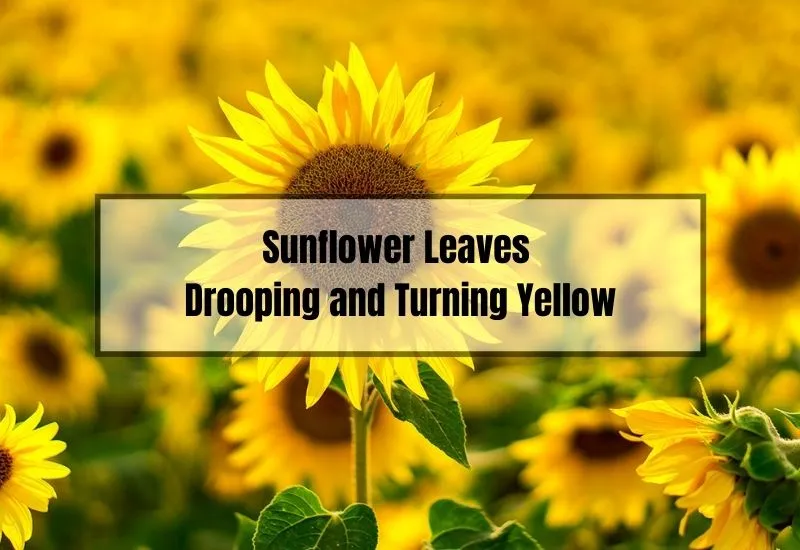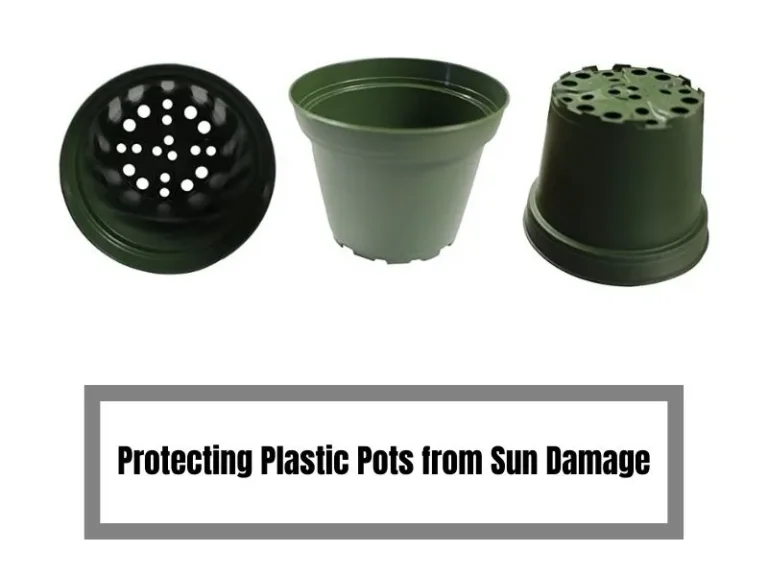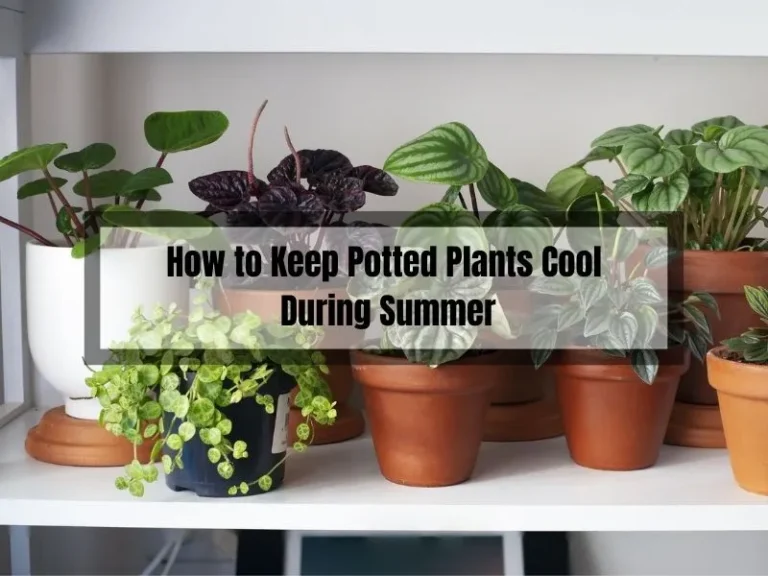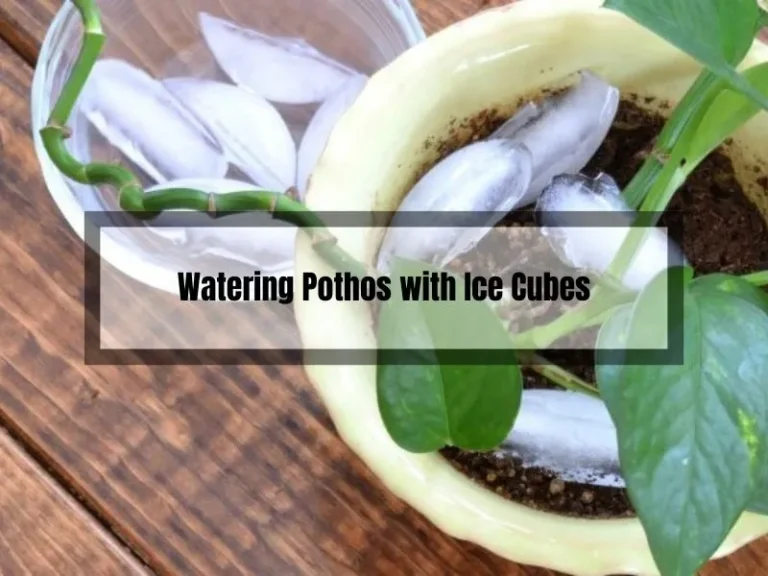Sunflower Leaves Drooping and Turning Yellow: Your Essential Guide
Attention gardeners and sunflower enthusiasts! Are your sunflowers wilting and turning yellow? Sunflowers, though low-maintenance, can face issues like drooping leaves.
Discover the ultimate guide to sunflower care in this article. We’ll explore causes, offer expert tips, and answer common questions.
Learn to identify pests and use fertilizers for a vibrant garden. Elevate your sunflower game with our advice!

Understanding Sunflower Leaves Drooping and Turning Yellow
Sunflowers are known for their vitality, so it’s definitely a bummer when their leaves start drooping and turning yellow. It’s like seeing your cheerful friend suddenly looking glum – it just doesn’t feel right.
While these symptoms might seem alarming, they often point to a problem that can be addressed with a bit of TLC. Understanding what’s going wrong is the first step towards helping your sunflowers reclaim their vibrancy.
Signs and Symptoms
When you notice the leaves of your sunflower drooping and turning yellow, it’s the plant’s way of saying, “Hey, I need some help here!” Drooping leaves are often softer than healthy ones and might even seem somewhat dehydrated. The yellowing usually starts at the lower leaves and works its way up the plant. If unchecked, the leaves might even become crispy and brown – nobody wants that.
When I first noticed this happening to my sunflowers, it felt like a mystery. But remember, your sunflowers aren’t trying to confuse you, they’re just trying to communicate in the only way they know how.
Potential Causes
There could be several reasons for your sunflowers’ sad appearance. It could be due to underwatering, overwatering, nutrient deficiency, or pests and diseases. Each cause has its unique signs.
- Underwatering can leave your sunflowers thirsty. The leaves become limp, curl, and begin to yellow from the edges.
- Overwatering, on the other hand, can drown your sunflowers. It’s like being at a party that just doesn’t end. Overwatered plants may have yellow leaves that feel mushy and bloated.
- Nutrient Deficiency is like a poor diet for your sunflowers. They need a balanced meal to stay healthy. A lack of nitrogen often causes yellowing, while a deficiency in magnesium or iron leads to yellowing between leaf veins.
- Pests and Diseases can attack your plants, just like that uninvited guest who crashes your party and causes havoc. Aphids, cutworms, rust, and Verticillium wilt are common culprits that can cause yellowing and wilting.
Diagnosis and Management
Diagnosing the issue correctly is like playing detective, and trust me, I’ve had my fair share of investigations. Here’s how you can become a plant sleuth yourself:
Addressing Underwatering and Overwatering
Watering can be tricky, as it varies with soil type, climate, and the growth stage of the plant. If the soil feels dry to touch, your plant might be underwatered. In contrast, if it feels wet and waterlogs easily, you might be overdoing it.
A water meter can help you stay in the goldilocks zone – not too much, not too little, just right.
Addressing Nutrient Deficiency
Yellow leaves? Time to play the nutrient detective! You can identify the lacking nutrient based on the symptoms or get a soil test kit for an accurate diagnosis. If nitrogen is low, adding compost or a nitrogen-rich fertilizer can help.
Epsom salts can address magnesium deficiency, while iron supplements can help in case of iron deficiency.
Controlling Pests and Diseases
As someone who’s always battling unwanted guests, I can tell you, pests and diseases can be tough, but they’re not invincible. For small infestations, simply removing the pests or infected parts of the plant may work.
For larger issues, organic or chemical pesticides, fungicides, or insecticides might be necessary.
Very Warm Prolonged Weather Can Also Cause Yellowing of the Leaves
Sunflowers enjoy basking in warm temperatures, but when the sun is too hot, the plant suffers. Staying under the hot sun for days without adequate water will result in wilting and sunburnt leaves. Plants grown indoors can also suffer scorched leaves if exposed to too much light.
It is better to acclimate indoor plants first before introducing them to outdoor conditions. During periods of drought, just remember to water often and ensure the soil drains well to avoid root rot, another cause of yellowing leaves.
Pests and Diseases
Apart from suffering fungal infections, sunflowers also attract pests such as aphids and spider mites. In most cases, pests such as aphids, mites, and thrips feed on the plant’s sap depriving leaves of nutrition. The damage is usually minimal unless the infestation is on a large scale, which will require chemical control by spraying with pesticides.
Inspect the yellowing leaves for more clues on what is causing the problem. If it is spider mites, you will find tiny webs on the plant and stem lacerations. There are always accompanying symptoms to any problem, once you are sure of the culprit, take measures fast to prevent the problem from spreading to other plants.
How to Prevent and Treat Sunflower Leaves from Turning Yellow
Nutritional Deficiencies
Check soil condition and use high-nitrogen fertilisers or mulch using well-rotted organic compost. It’s important to remember that moderation is key when it comes to fertilizers. Oversaturating the plant with minerals will cause stunted growth.
It is important to follow recommended procedures to ensure that the plant gets the necessary nutrients to grow healthy and strong.
Overwatering
To prevent overwatering, ensure that the soil is well-drained and has proper drainage. For potted plants with poor drainage, avoid overwatering as it is hard to disseminate all the excess water. Let the soil dry a little in between watering to dissuade issues like root rot that causes the entire plant to rot.
Sunflowers growing in clay soil do not need large amounts of water daily, little amounts of water will do at a time.
Very Warm Prolonged Weather
To prevent sunburnt leaves, it is better to acclimate indoor plants first before introducing them to outdoor conditions.
During periods of drought, water often and ensure the soil drains well to avoid root rot. Avoid exposing plants to prolonged periods of very warm weather.
Pests and Diseases
To prevent pests and diseases, it is important to inspect the plants regularly for any signs of infestation. If you notice any signs of pests or diseases, take measures fast to prevent the problem from spreading to other plants.
You can spray the plant with pesticides or use organic methods such as companion planting.
Frequently Asked Questions (FAQs)
| Question | Answer |
|---|---|
| Why are my sunflower leaves drooping? | It could be due to underwatering, overwatering, nutrient deficiency, or pests/diseases. Accurate diagnosis is important. |
| What nutrients do sunflowers need? | Sunflowers require a balance of nitrogen, phosphorus, potassium, and trace minerals. |
| How often should I water my sunflowers? | This depends on your climate, soil type, and the age of the sunflower. It’s important to keep the soil moist but not waterlogged. |
Conclusion
sunflower leaves turning yellow can be a sign of underlying issues, but with proper care and attention, you can prevent and treat these problems. By understanding the causes of yellowing leaves and taking the appropriate measures, you can enjoy beautiful, healthy sunflowers in your garden.
Remember to regularly inspect your plants for any signs of infestation, provide the plant with the necessary nutrients, and ensure that the soil is well-drained to avoid overwatering. With these tips, you can keep your sunflowers healthy and vibrant.
Related Posts:






